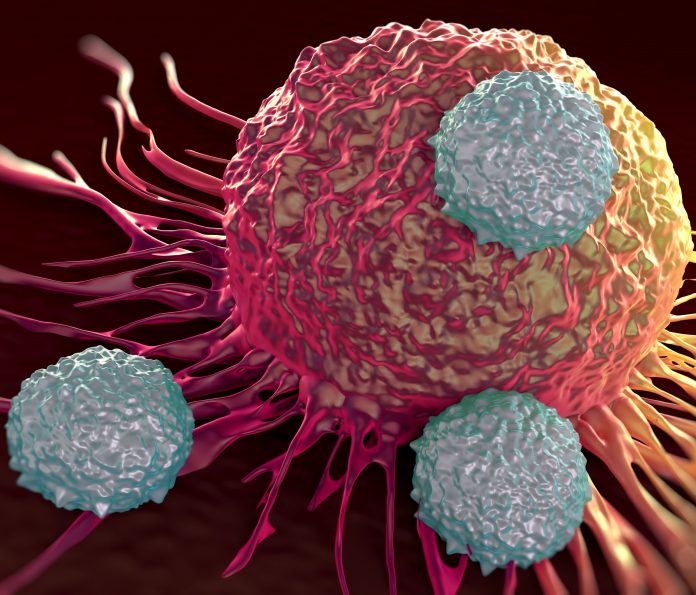
A mutation in zebrafish has provided insights into understanding the role a protein plays in preventing cell death. The findings could have vast implications for new cancer therapies.
The findings are published in the journal eLife and led by researchers at the Okinawa Institute of Science and Technology (OIST).
“Btg3-associated nuclear protein (Banp) was originally identified as a nuclear matrix-associated region (MAR)-binding protein and it functions as a tumor suppressor,” wrote the researchers. “At the molecular level, Banp regulates transcription of metabolic genes via a CGCG-containing motif called the Banp motif. However, its physiological roles in embryonic development are unknown. Here, we report that Banp is indispensable for the DNA damage response and chromosome segregation during mitosis.”
“Many cells that develop tumors reportedly have an issue with this protein,” explained Ichiro Masai, PhD, who leads the developmental neurobiology unit at OIST and is the senior author of this research. “Furthermore, the importance of the protein for regulating the cell cycle and helping DNA repair has also previously been hypothesized, but not rigorously tested.”
One of the researchers, Swathy Babu, PhD, looked at the role that Banp played in regulating the cell cycle. The researchers sequenced the Banp gene from the mutated fish and found an extensive mutation on the gene. They then took developing zebrafish that did not carry this mutation and introduced another mutation onto the Banp gene. The resulting zebrafish also had eyes that did not develop correctly. This added to their theory that Banp plays a key role in repairing DNA.
The researchers decided to compare the expressed genes in mutant zebrafish with those of the wild-type zebrafish. They found that Banp seemed to promote the expression of 31 genes, which had multiple direct and indirect impacts. Specifically, the researchers in this study looked at different mechanisms that the cell would utilize to repair the DNA during cell proliferation. They found that each of these mechanisms required proteins produced by the Banp gene that wasn’t produced to the same extent in the mutated version. Without Banp operating as usual, DNA repair simply couldn’t take place.
“Banp seems to be a multiple regulator, influencing many different proteins, from DNA repair to cell duplication to tumor suppression,” concluded Babu.













